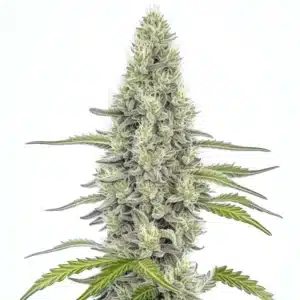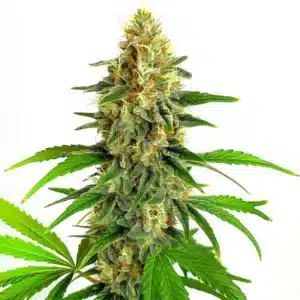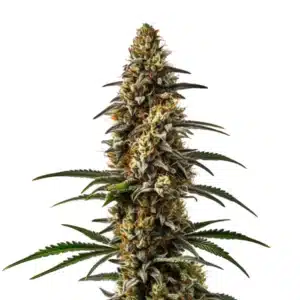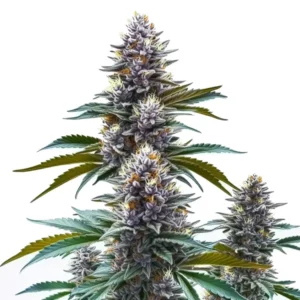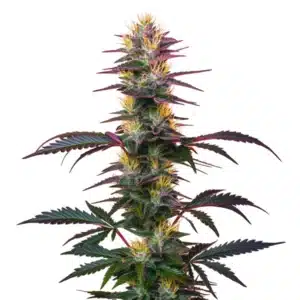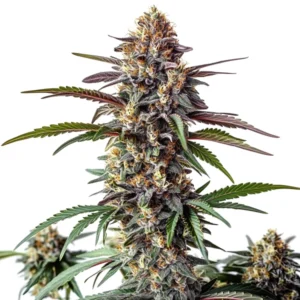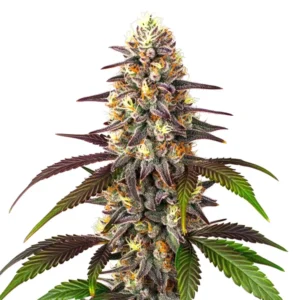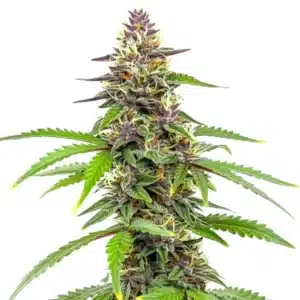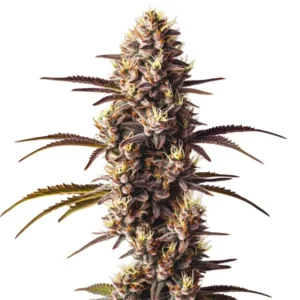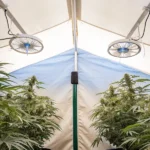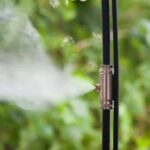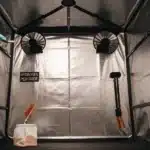
Guide to Choosing the Perfect Grow Tent Fan
Growing cannabis at home is an art that requires attention to detail, especially when it comes to maintaining the right environment. One crucial element of your grow setup is the grow tent fan, a piece of equipment that often gets overlooked but plays a vital role in the success of your plants. Whether you’re a seasoned grower or just getting started, this guide will walk you through everything you need to know about grow tent fans and how they pair perfectly with a good weed fan for optimal results.
Why Do You Need a Grow Tent Fan?
A grow tent fan is essential for creating a stable and healthy environment for your cannabis plants. Here’s why:
Recommended Strains
Mazar
|
|
THC | 20% (Medium) |
|
|
Type | Feminized |
|
|
Yield | Low |
|
|
Phenotype | 90% Indica / 10% Sativa |
Mazar Auto
|
|
THC | 8% - 10% (Low) |
|
|
Type | Autoflowering |
|
|
Yield | Medium |
|
|
Phenotype | 65% Indica / 35% Sativa |
- Air Circulation: Proper airflow prevents hot spots and ensures that your plants receive a consistent supply of fresh air. Without movement, air can become stagnant, leading to unhealthy growth and potential mold issues.
- Temperature Control: Cannabis plants thrive in specific temperature ranges, and a grow tent fan helps maintain this sweet spot. By circulating air, you can evenly distribute heat from grow lights and prevent overheating.
- Humidity Regulation: Excessive humidity can lead to mold, mildew, and pest infestations. A grow tent fan keeps humidity levels in check, ensuring a balanced environment that supports healthy growth.
- Stronger Stems: By mimicking natural wind, fans encourage plants to develop thicker, stronger stems, which support better yields. This is especially important for plants that grow heavy buds and need the structural support.
- Odor Control: Proper airflow and ventilation systems, including fans, help manage the strong smell of cannabis during flowering. Pairing your fan with a carbon filter can significantly reduce unwanted odors.
Without a reliable grow tent fan, your grow tent becomes a stagnant, unproductive environment that could compromise the health of your plants and your overall harvest.
Promos & Deals
Types of Grow Tent Fans
When shopping for a grow tent fan, you’ll encounter several types. Each serves a unique purpose, so understanding their differences is key to choosing the right one for your setup.
Inline Fans
Inline fans are typically used for ventilation systems in grow tents. They remove stale air and bring in fresh air, ensuring a consistent airflow that prevents your plants from suffocating.
- Best for: Large grow tents with multiple plants that require a robust ventilation system.
- Pro Tip: Pair an inline fan with a carbon filter to eliminate unwanted odors and maintain discretion.
- Extra Insight: Inline fans often come with speed controllers, allowing you to adjust the airflow based on the stage of growth and the climate.
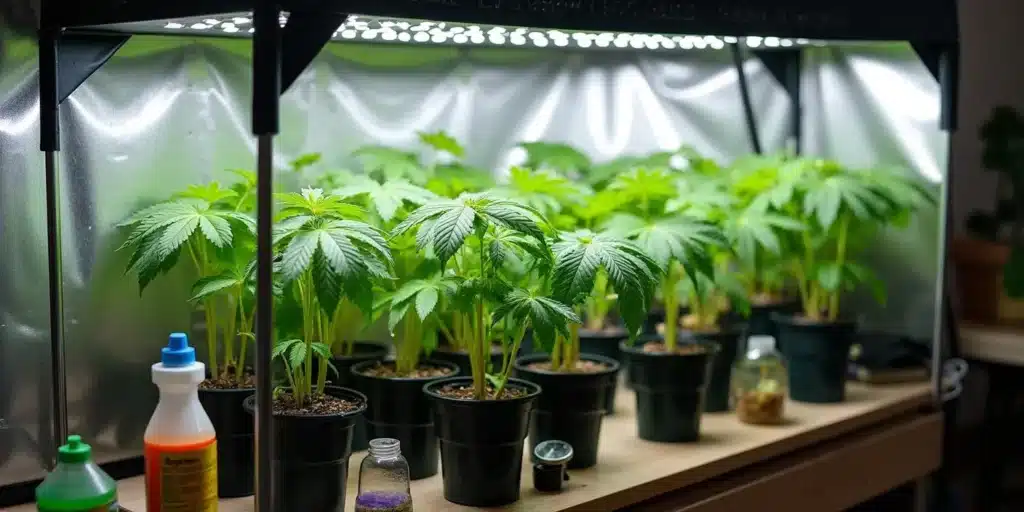
Oscillating Fans
Oscillating fans provide even airflow by moving side to side. They’re great for mimicking natural wind patterns and ensuring that every plant in the tent gets adequate air exposure.
- Best for: Circulating air within the grow tent to prevent hot spots.
- Pro Tip: Position the fan slightly above the canopy for optimal results, but make sure it’s not blowing directly onto the plants to avoid windburn.
- Extra Insight: Oscillating fans come in various sizes, so choose one that fits the dimensions of your tent without overcrowding it.
Clip-On Fans
Clip-on fans are small, lightweight, and easily attach to the poles of your grow tent. They’re ideal for growers with limited space who need targeted airflow.
- Best for: Small grow tents or targeted airflow around specific areas of the tent.
- Pro Tip: Use multiple clip-on fans to ensure every part of your tent receives adequate airflow, especially around dense plant canopies.
- Extra Insight: These fans are great for adjusting airflow to specific sections of your tent, such as directly under grow lights.
Exhaust Fans
Exhaust fans are responsible for pulling stale air out of the grow tent, creating a vacuum that allows fresh air to flow in.
- Best for: Controlling temperature and humidity by actively removing hot, humid air.
- Pro Tip: Choose an exhaust fan with adjustable speed settings for greater flexibility and efficiency.
- Extra Insight: Proper ducting with your exhaust fan ensures maximum airflow and helps direct the removed air away from your grow area.
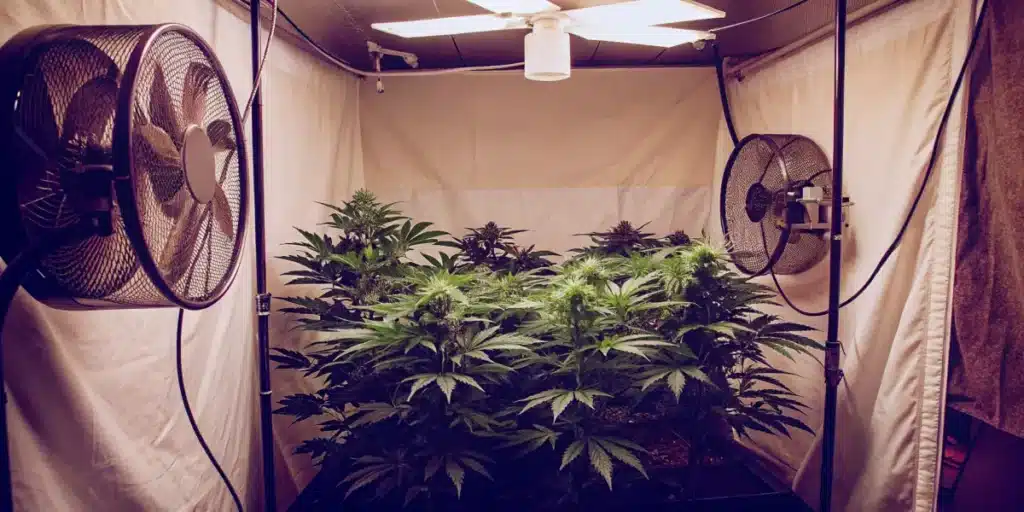
How to Choose the Best Grow Tent Fan
Finding the perfect grow tent fan involves considering several factors that align with your specific growing needs. Let’s dive deeper into these considerations:
Size of Your Grow Tent
The size of your grow tent determines the type and power of the fan you need. Larger tents require more robust systems to ensure adequate airflow, while smaller tents benefit from compact fans that don’t overwhelm the space.
- Tip: Calculate your tent’s volume (length × width × height) and multiply it by the number of air exchanges needed per minute (usually 1-3).
- Example: A 4×4×6 tent has a volume of 96 cubic feet. If you need two air exchanges per minute, your fan should have a CFM of at least 192.
Noise Level
Nobody wants a grow tent fan that sounds like a jet engine. Look for models with quiet operation, especially if your grow tent is near living spaces. Some high-performance fans are designed with noise-dampening technology.
- Pro Tip: Inline fans with insulated ducting can significantly reduce noise levels.
- Extra Insight: Always check the decibel rating of a fan before purchasing.
Adjustable Speeds
Fans with adjustable speed settings give you greater control over airflow, allowing you to adapt to your plants’ needs as they grow. This feature is especially important during different growth stages when plants require varying levels of airflow.
Energy Efficiency
Energy-efficient fans save on electricity bills without compromising performance. Look for models with high CFM (cubic feet per minute) ratings and low energy consumption.
- Extra Insight: Energy-efficient fans often come with built-in thermostats or controllers, allowing you to automate their operation based on temperature or humidity levels.
Compatibility with Other Equipment
Your grow tent fan should integrate seamlessly with your existing setup, including lights, humidifiers, and other devices. Some fans are designed to work with automated grow systems, offering a more streamlined experience.
Weed Fan: Your Grow Tent’s Best Friend
While a grow tent fan is the backbone of your ventilation system, a weed fan adds the finishing touch to your setup. Weed fans are smaller, often clip-on fans designed specifically for cannabis cultivation. Here’s how they complement your grow tent fan:
- Targeted Airflow: Weed fans help prevent pockets of stagnant air around your plants, especially in hard-to-reach areas.
- Canopy Cooling: They keep the canopy cool, especially when grow lights generate excess heat. This helps avoid stress and heat damage to your plants.
- Under Canopy Circulation: By placing a weed fan under the canopy, you reduce the risk of mold and pests, ensuring a healthier growing environment.
- Energy Savings: Weed fans are generally smaller and consume less power, making them an eco-friendly addition to your grow setup.
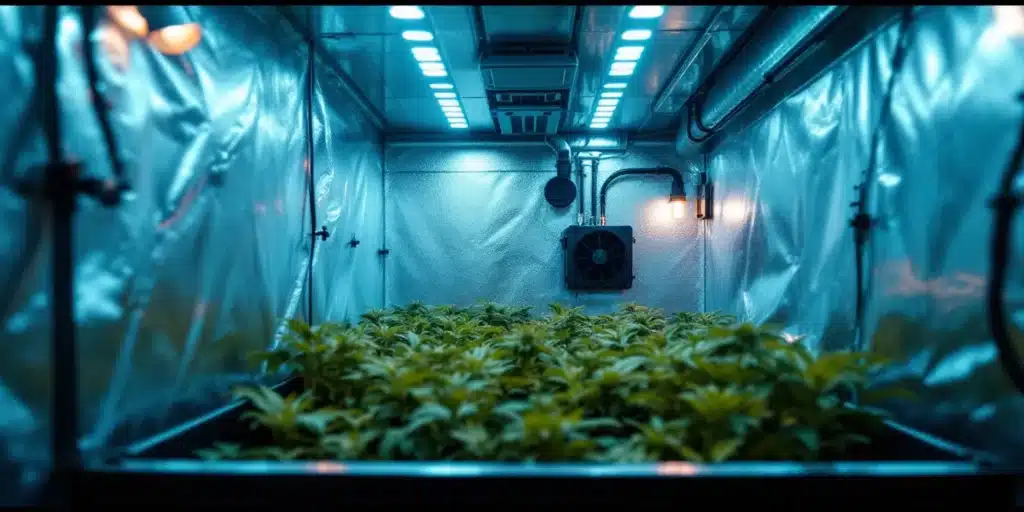
Setting Up
Step 1: Plan Your Ventilation
Start by calculating the CFM requirement for your grow tent. Multiply the tent’s length, width, and height to determine its volume and then multiply by the desired air exchange rate (typically 1-3 times per minute).
Step 2: Install Inline and Exhaust Fans
Position your inline and exhaust fans strategically to ensure a continuous flow of fresh air. Use ducting to connect the fans and create an efficient ventilation loop. Ensure all connections are sealed to avoid leaks.
Step 3: Add Oscillating and Weed Fans
Place oscillating fans at canopy level and weed fans below the canopy. Ensure they’re not blowing directly on plants to avoid windburn. This dual-layer approach maximizes airflow throughout the tent.
Step 4: Test and Monitor
Run your system for a few hours and monitor temperature, humidity, and airflow. Make adjustments as needed to ensure optimal conditions for your plants.
Maintenance Tips
To keep your grow tent fan running smoothly:
- Clean Regularly: Dust and debris can clog your fan, reducing its efficiency. Clean the blades and filters monthly.
- Check for Wear and Tear: Inspect cords, connections, and moving parts to prevent malfunctions.
- Replace Filters: If using a carbon filter, replace it according to the manufacturer’s recommendations.
- Lubricate Moving Parts: Apply lubricant to reduce noise and prolong the life of your fan.
- Secure Mountings: Ensure fans are securely mounted to prevent vibrations that could affect their performance or cause damage.
Creating the Perfect Environment
A grow tent fan is more than just an accessory it’s a vital component of a successful cannabis grow. Paired with a reliable weed fan, you can create an environment that’s perfect for your plants to thrive. By choosing the right fan, setting it up correctly, and maintaining it, you’ll be well on your way to achieving impressive yields and healthy plants.
Remember, every element of your grow tent setup matters. Invest in quality equipment, pay attention to details, and watch your plants flourish. Ready to optimize your grow tent setup? Start with a quality grow tent fan and see the difference it makes!
FAQs About Grow Tent Fans
How many fans do I need for my grow tent?
The number of fans you need depends on the size of your grow tent and the number of plants. As a general guideline, you should have one inline fan, one exhaust fan, and at least one oscillating or weed fan. Larger setups may require additional fans for optimal air circulation.
Can I use a regular fan instead of a grow tent fan?
While you can use a regular fan, it’s not ideal. Grow tent fans are specifically designed for indoor cultivation, offering features like adjustable speeds, quiet operation, and compatibility with carbon filters. Regular fans may not provide the precision or efficiency required for cannabis growth.
How do I reduce noise from my grow tent fan?
To minimize noise, opt for insulated ducting, rubber mounts, or fans with noise-dampening technology. Placing your fan on a vibration-dampening surface can also help reduce noise levels significantly.
What size fan do I need for my grow tent?
The size of the fan you need depends on your tent’s volume and the desired air exchange rate. Calculate your tent’s volume (length × width × height) and multiply it by the number of air exchanges per minute to determine the required CFM.
Do grow tent fans increase electricity costs?
Yes, but the increase is usually minimal if you choose energy-efficient models. Modern grow tent fans are designed to provide high performance with low power consumption, helping you save on electricity bills.


